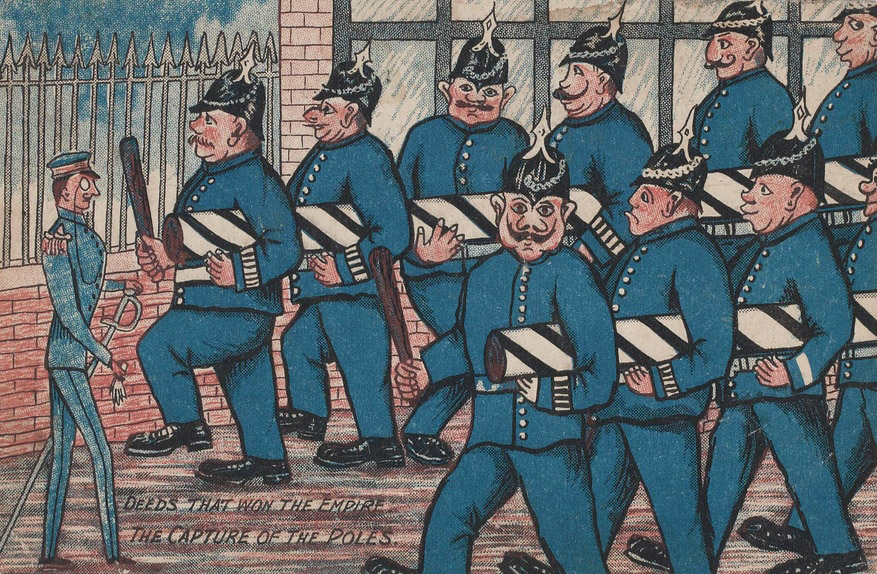Explainer: Who were the RIC & DMP?
13 January 2020 - The recent row that erupted over the now deferred plans to commemorate members of the Royal Irish Constabulary (RIC) and the Dublin Metropolitan Police (DMP) has not alone focussed attention on the deeds of the pre-independence Irish police forces, but on the men who made up their ranks.
In this interview, conducted in 2013 as the decade of centenaries was commencing and as part of Century Ireland’s coverage of the 1913 Lockout, Conor Brady – ex-Irish Times editor, member of the Garda Siochána Ombudsman Commission and author of Guardians of the Peace: Irish Police – explains the make-up of Ireland’s two police forces.
The RIC, he explains, was an armed paramilitary force outside of Dublin with a split-level entry that distinguished between officers, who were drawn from the wealthy, Protestant ascendancy families, and a Catholic rank and file; the DMP was an unarmed force with a single level entry, allowing an entrant to rise up through the ranks, albeit not to Commissioner, who was appointed by Dublin Castle.
If the two different forces were different in culture, they comprised Irishmen from largely similar backgrounds - ‘the sons of small farmers, shopkeepers, clerks’.





















